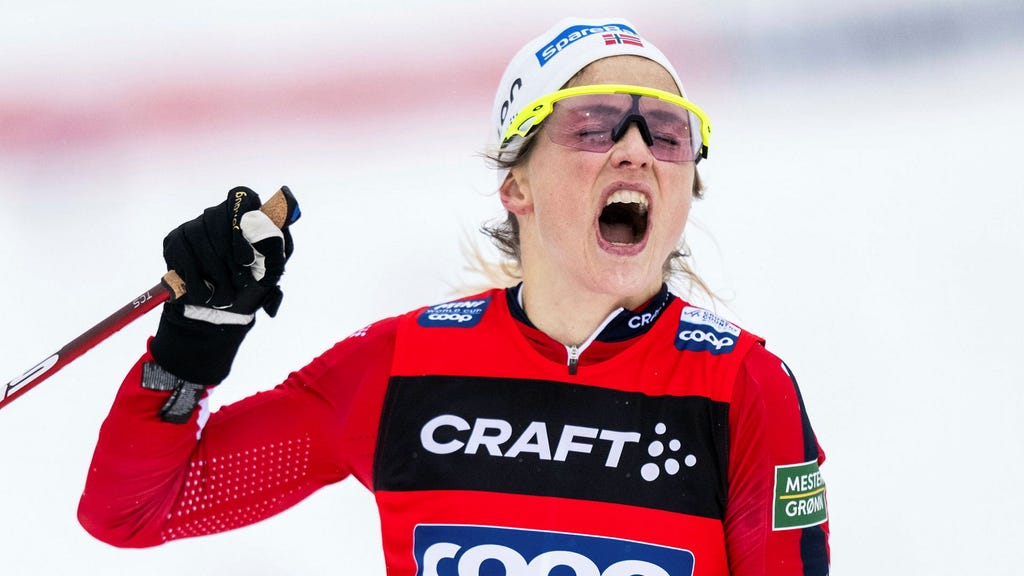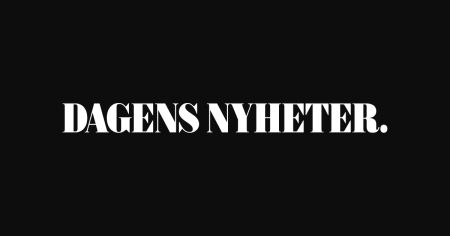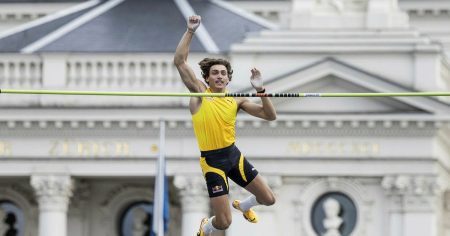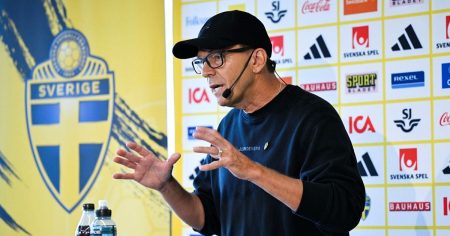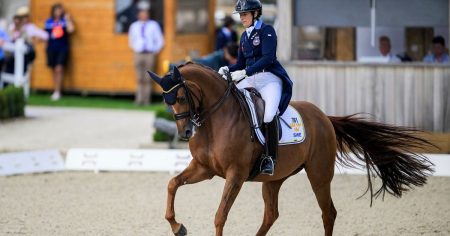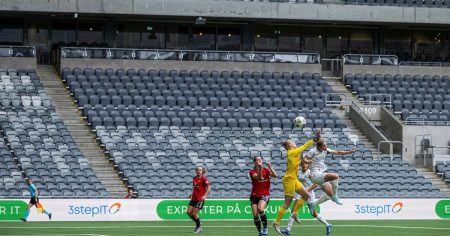Paragraph 1: A Dramatic Reversal of Fortune in Lillehammer
The world of cross-country skiing witnessed a dramatic shift in power dynamics in the second leg of the World Cup season in Lillehammer, Norway. Just a week prior, Frida Karlsson of Sweden had dominated the 10km classic race in Ruka, Finland, leaving the legendary Therese Johaug, a recently unretired Norwegian skier, trailing by a substantial 46.5 seconds. However, the tables turned completely in Lillehammer, with Johaug reclaiming her throne in the 10km freestyle event, finishing an impressive 46.4 seconds ahead of Karlsson. This victory marked Johaug’s first World Cup win in two and a half years, precisely 1,000 days after her last triumph in Falun in March 2022.
Paragraph 2: Johaug’s Resurgence and Superior Skis
The significant time difference between the two races sparked discussion about the contributing factors. Johaug, in a post-race interview, attributed her victory partly to superior skis, suggesting that the Norwegian team had a significant advantage in equipment. She acknowledged Karlsson’s strong performance in Ruka while hinting that luck might have played a role in her own less impressive result. While acknowledging the fluctuating nature of ski racing, Johaug expressed confidence that the situation could easily reverse in the following week’s competition. Her resurgence, after a brief retirement following the 2021-22 season, is fueled by her ambition to compete in the upcoming World Championships in Trondheim.
Paragraph 3: Karlsson’s Struggle and the Norwegian Podium Sweep
Despite briefly leading the race at the 0.8km mark, Karlsson was unable to maintain her pace against Johaug’s powerful performance. The Norwegian skier established an early lead, with only her compatriot Heidi Weng managing to stay relatively close. Weng eventually finished second, 11.4 seconds behind Johaug. Karlsson, battling for a podium finish, was edged out in the final stretch by Astrid Øyre Slind, another Norwegian skier, losing the third place by a mere second. This resulted in a complete Norwegian sweep of the podium.
Paragraph 4: Karlsson’s Off-Season Injury and Its Impact
Karlsson’s fourth-place finish was attributed, in part, to an off-season foot injury that forced her to modify her training regimen. She admitted that the injury affects her freestyle skiing more than classic style, hindering her ability to achieve the same level of relaxation and fluidity in her movements. While acknowledging the challenge, Karlsson remained optimistic about her recovery and expected to regain her full form as the season progresses. She expressed satisfaction with being back in competition, especially in freestyle events, despite the lingering effects of the injury.
Paragraph 5: Andersson’s Search for Form and the Broader Context
Ebba Andersson, another Swedish skier, also experienced difficulties in Lillehammer, finishing seventh, over a minute behind Johaug. Andersson acknowledged that many competitors had performed better and expressed her ongoing quest to find her optimal form early in the season. This race underscored the competitiveness of the women’s cross-country skiing field, particularly the strength of the Norwegian team.
Paragraph 6: A Dynamic Season Unfolds
The Lillehammer race marked a dramatic turn of events in the World Cup season, showcasing both the unpredictable nature of the sport and the resurgence of a skiing legend. Johaug’s return and dominant performance injected excitement into the competition, while Karlsson’s struggle with injury added a layer of intrigue. The Norwegian team’s dominance highlighted their strength and depth, setting the stage for an engaging and competitive season leading up to the World Championships in Trondheim. The evolving dynamics between these athletes promise an exciting season filled with compelling storylines and close competition.





